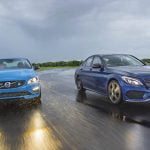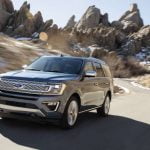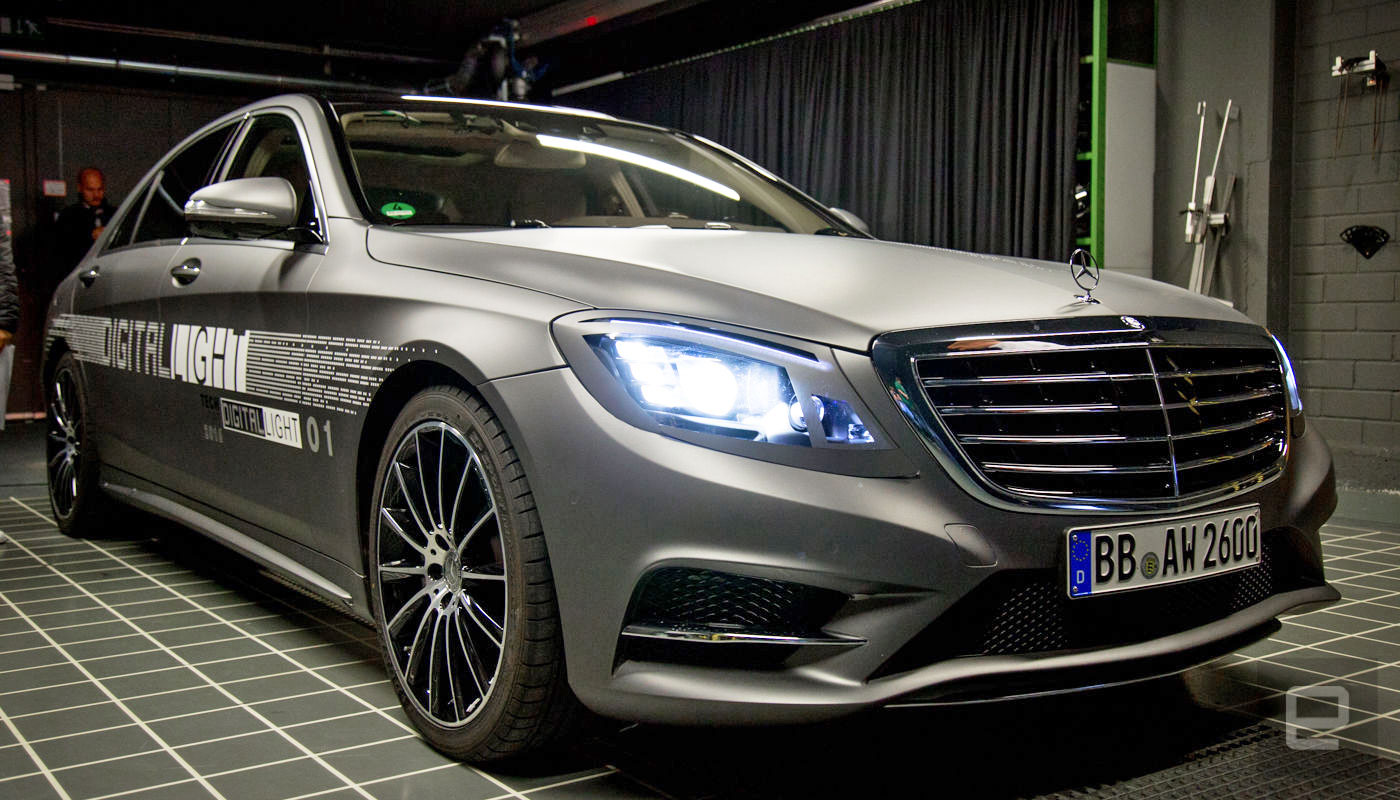
Roberto Baldwin / Engadget
In a dark garage at the Mercedes-Benz headquarters in Stuttgart, Germany, a flat gray S-Class illuminates a white screen at the end of long hall. The headlights blast on and while the light is bright, it’s not that impressive. Then Stefan Toepfer, electronic and software developer for exterior lighting taps on his tablet and a series of black moving squares appear within the lit area. It takes a moment before I realize that these dark areas represent cars that in the real world wouldn’t get blinded by the Mercedes’ high beams. It’s a great way to see more at night without endangering other drivers. And it gets better.
Gallery: Mercedes-Benz Digital Light demo | 13 Photos




 +9
+9
By adding what’s essentially a digital projector to headlights, Mercedes was able to control how and where light is thrown. The company’s Digital Light system not only can brighten the road ahead without blinding other drivers, but it can project information directly onto the road. It’s sort of like a heads-up display (HUD) for asphalt.
During the demonstration after the Frankfurt auto show Toepfer explained that the car’s sensors and software can determine when and where to illuminate based on road conditions and traffic. The system uses a high-resolution lighting module with three high-powered LED. Those lights are focused on a DLP chip with a million micro-mirrors that have two positions: on or off. With all those tiny mirrors, Mercedes was able to produce far crisper images than the 84 LEDs found in the current S-Class headlamp. The system has a high enough resolution you could play a movie (although in black and white) with it like a personal drive in theatre.

The result is the ability to project information directly on the road ahead of the car. Right now, Mercedes is researching exactly what kind of data should be shared with the driver. Toepfer notes that it doesn’t make sense to just replicate what’s found in the car’s traditional HUD: speed, directions, et cetera. One thing that does make sense is projecting lines of light that guide the driver in circumstances where the roadway might be narrow or not in line with the road markings like in construction zones.
Actually, even before it reaches this point, it can project the symbol for an upcoming construction zone on to the road to alert the driver that things are about to get wonky. The system can also show the driver the optimal following distance between them the car ahead of them. That’s helpful for serial tailgaters trying to be better drivers.
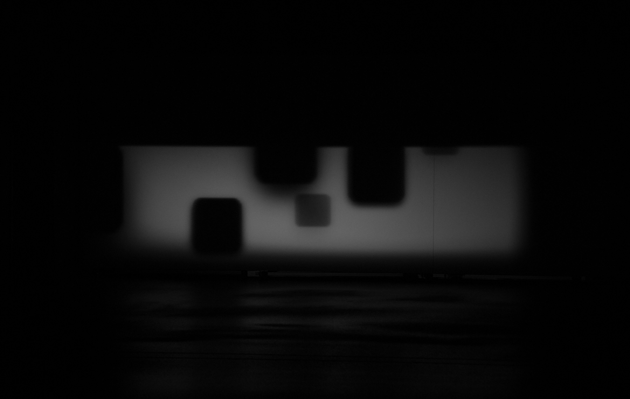
Digital Light could also warn of pedestrians the driver doesn’t see with a projected alert, while also highlighting them. In addition it could use the car’s onboard mapping service to alert the driver that an unexpected stop sign or other road warning is coming up after a blind curve.
All of this early-stage technology isn’t without its issues. A patchwork of regulations in the countries and states the cars are sold in could hamper the feature. The United States has been particularly unwelcoming of new forms of lighting technology in cars. Similar technologies from Audi and Mercedes are still not allowed on vehicles sold in the US. The government needs to see a life-saving benefit before it takes chances on how headlights are allowed to work.
One thing that Mercedes showed during the demo was a projected crosswalk for pedestrians. It could potentially let folks know that the driver and car see them and they are fine to cross the street. But as Toepfer pointed out during the demo, what happens when another car is coming in the other direction? Will they obey the projected crosswalk? These are some of the issues the company is trying to tackle while also fine-tuning the technology.
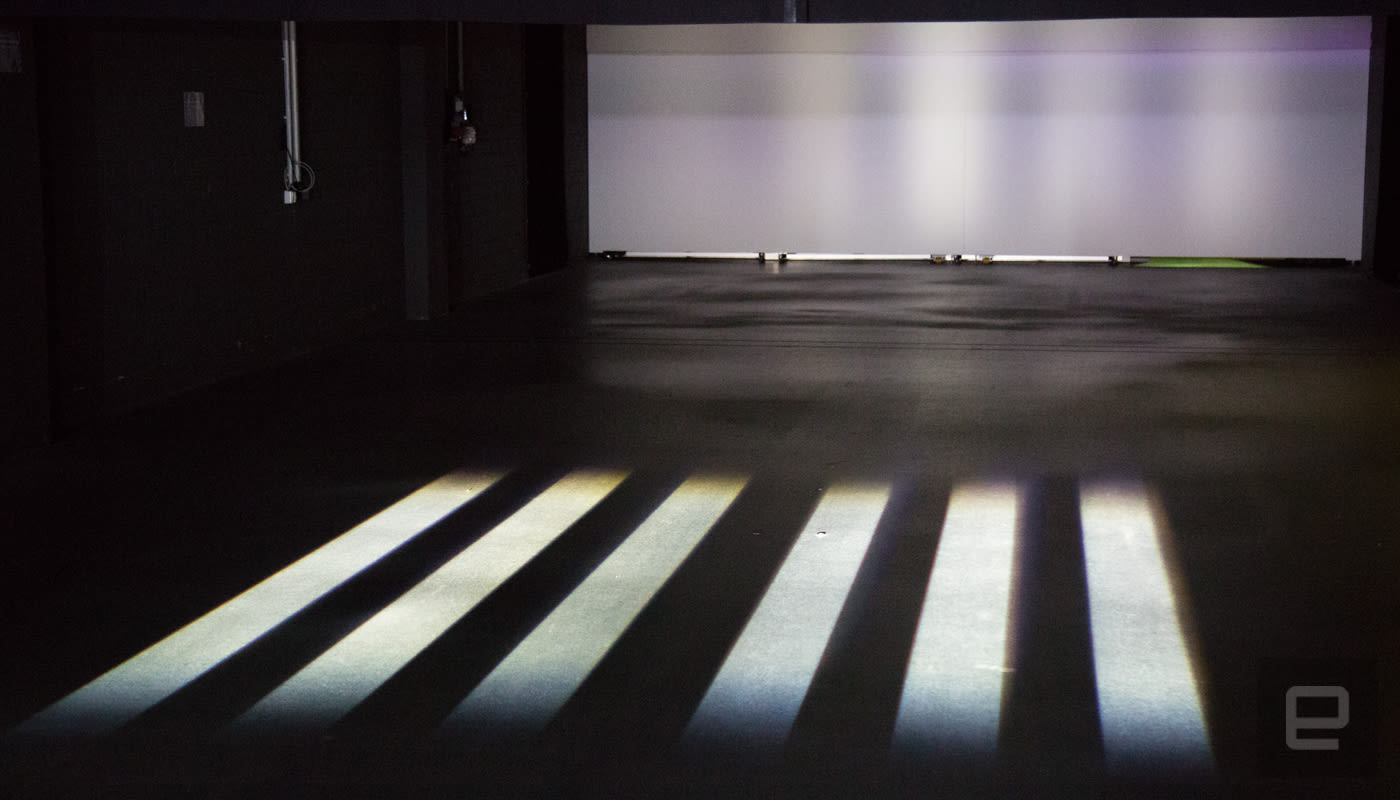
While the US determines if these types of lighting systems are truly beneficial, Mercedes will continue to research DLP on a car. The Digital Light system is still a prototype and the automaker is quick to point out that as of right now, they have no plans to add it to any of their vehicles.
Your next S-Class probably won’t have a high resolution headlight system but there’s the chance the one after that could be ready to illuminate the world in a way that actually helps you drive better. For now, all that tech will be sitting in a car, parked in a dark garage, in Germany.
[“Source-engadget”]








